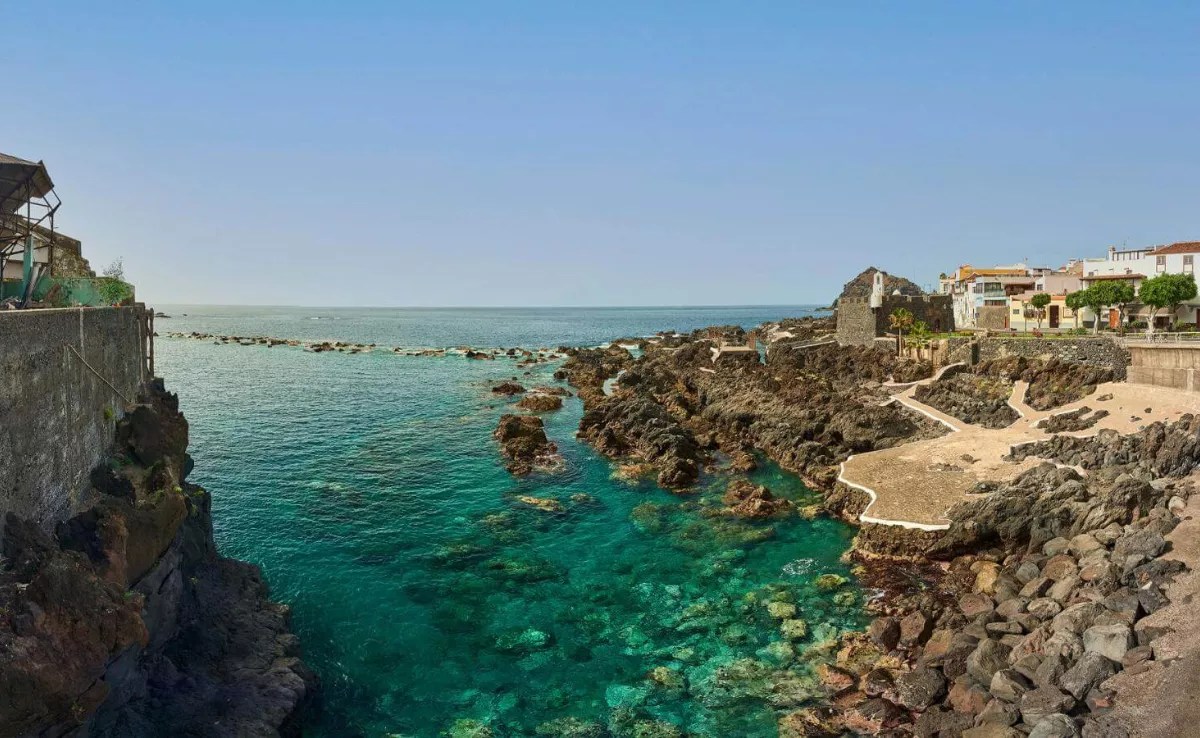
SANTA CRUZ DE TENERIFE, Oct. 25 (EUROPA PRESS) –
The Minister of Territorial Policy and head of the Emergencies area of the Government of the Canary Islands, Manuel Miranda, announced today Wednesday in the Plenary Session of Parliament that the General Directorate of Emergencies is working together with the public company Gesplan in the development of a mobile application to inform to citizens about the state of the beaches and to prevent drownings.
The counselor explained that through this application the dangers to which users are exposed will be specified, since sometimes the lack of information about coastal phenomena poses a significant risk both for frequent bathers and experienced athletes and for tourists who visit the beaches of the Canary Islands coast.
Manuel Miranda announced that this mobile application, which will be finished before the end of the year, also analyzes the reasons for the recommendations and prohibitions, as well as the specific sector to which it refers (athletes, fishermen, bathers, tourists, etc.).
In addition, he announced that the installation of the TotemOneUp is being completed in all areas permitted for bathing. “This equipment consists of a series of self-inflating devices that, in addition to inflating upon contact with the sea, activate the connection automatically. immediate communication with the Canary Islands Emergency Coordination Center (CECOES 112), allowing the event to be communicated in real time to the rescue teams to carry out the rescue in the shortest time possible.
The Government already has 2,120 OneUp devices ready to distribute to local police and civil protection services in coastal municipalities. Before 2027, some 2,000 devices will be placed, of which 1,500 will be located in coastal areas and another 500 in mountain areas – the latter with different features, focused on accidents in areas that are difficult to access.
On the other hand, the counselor indicated that they are, since last week, the first government to publish pre-alerts – until now they were only directed at administrations, so that they were warned – and they do so according to the technical criteria of emergency and protection officials. civil”, such as, among other natural inclemencies, sea storms.
During his speech, Miranda has also appealed for consensus and dialogue with city councils to regulate safety and promote a culture of self-protection on the more than 750 beaches and bathing areas of the Islands.
Thus, the counselor pointed out that the regulation of safety plans in the bathing areas of the archipelago becomes essential after the annulment, by the Supreme Court, of the decree that harmonized safety standards and instructions so that municipalities with less than 20,000 inhabitants approved a specific protocol for their bathing areas, “so this circumstance forces us to develop another strategy that guarantees safety for bathers on our coasts,” Miranda explained.
Manuel Miranda stated that the Government of the Canary Islands will maintain “direct and fluid” contact with the town councils, Fecam, experts and social and sports groups, as well as with users and bathers of these spaces on the coast, to reach agreements on the protocols. of security. The objective is for each bathing area to have its own plan, approved and equipped with human and material resources.
“From the emergency area of the Government of the Canary Islands we are going to decisively bet not only on improving rescue and civil protection resources, but we are also going to enhance communication channels with the population, and we are going to promote the culture of self-protection” , assured Manuel Miranda.
DROWNING IN THE ISLANDS
Drowning accidents in the Canary Islands during 2023 have caused 58 fatalities to date, a figure similar to that of last year on this date, with 54 deaths. By the end of 2022, 75 people had died from drowning in the Archipelago.
In more than 90% of the cases, the affected people are men and the average age is 65 years for bathers on free-use beaches and 55 years for bathers on dangerous beaches.
This weekend alone, in addition to the fatal event that occurred on San Marcos beach, in Icod de los Vinos (Tenerife), there have been 10 other events on the coast of the Islands – in Lanzarote, Fuerteventura and Tenerife -, coinciding with the pre-alert for coastal phenomena.
















